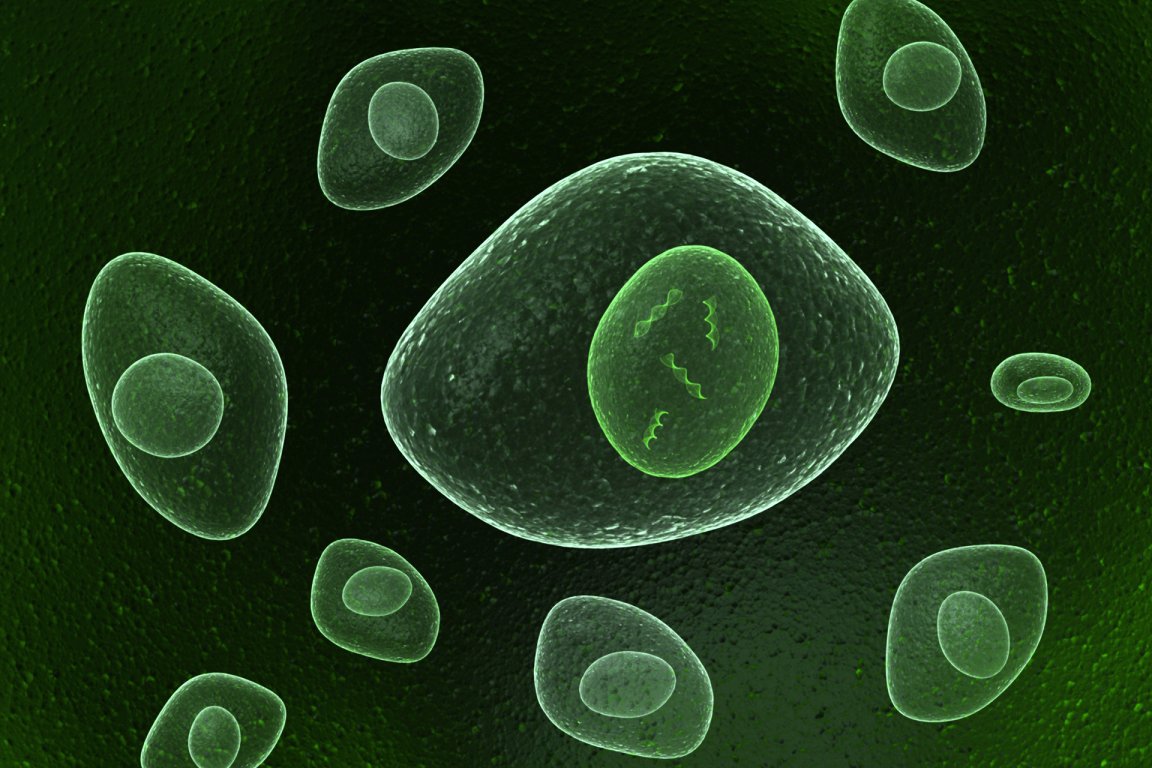
To Be Young Again
Old hearts may find new life, according to a new study, which shows that stem cells taken from younger hearts can be used to reverse the aging process. This could potentially cause older hearts to act and perform like younger ones.
The study, conducted by the Cedars-Sinai Heart Institute and published by the European Heart Journal, set out to observe the effects of cardiac stem cells on various aspects of the heart, including its function and structure. Prior applications of Cardiosphere-derived cells (CDC) resulted in positive effects, but this was the first time its effects in the aging process were tested. This is different from the tests performed last month at the Albert Einstein College of Medicine, where the hypothalamus region of the brain was discovered to be a key part of aging in mice.
Cedars-Sinai researchers instead took CDC cells from newborn mice and injected it into the hearts of older mice, while another group of older mice were injected with saline. Blood, echocardiographic, haemodynamic and treadmill stress tests were performed on all mice after injections, with the older groups tested 1 month later.
The mice given the Cardiosphere-derived cells saw a number of benefits compared to their saline counterparts. They had improved heart functionality, were able to exercise 20 percent longer, regrew hair at a faster rate, and had longer heart cell telomeres. This is important because telomeres are compounds found at the ends of chromosomes whose shortening is directly correlated to the aging process.

“The way the cells work to reverse aging is fascinating,” said Cedars-Sinai Heart Institute Director and Lead Researcher Eduardo Marbán, MD, PhD. “They secrete tiny vesicles that are chock-full of signaling molecules such as RNA and proteins. The vesicles from young cells appear to contain all the needed instructions to turn back the clock.”
Too Early For Practical Use
Tests on rats have shown that CDCs have shown cardiac and systemic rejuvenation on the aging process, but there is much work to do before the anti-aging treatment is tested on people, let alone over the table. Lilian Griorian-Shamagian, MD, PhD, who was co-primary researcher on the study, notes that it’s still unclear if the cells actually extend the lifespan of the rats, rather than simply providing a new heart in an old body. It’s also unknown if CDCs need to be taken from younger hearts in order to be effective. If any CDCs, regardless of their origin, can be used, it could lead to a new round of tests comparing the effects of CDCs from the young to the CDCs from the old or middle-aged.
If stem cells were used for medical purposes, they could help those suffering from heart failure, or the Duchenne muscular dystrophy Marbán and his team are hoping to treat. Beyond that, it could lessen the number of deaths caused by heart disease, which is currently responsible for over 610,000 deaths a year.